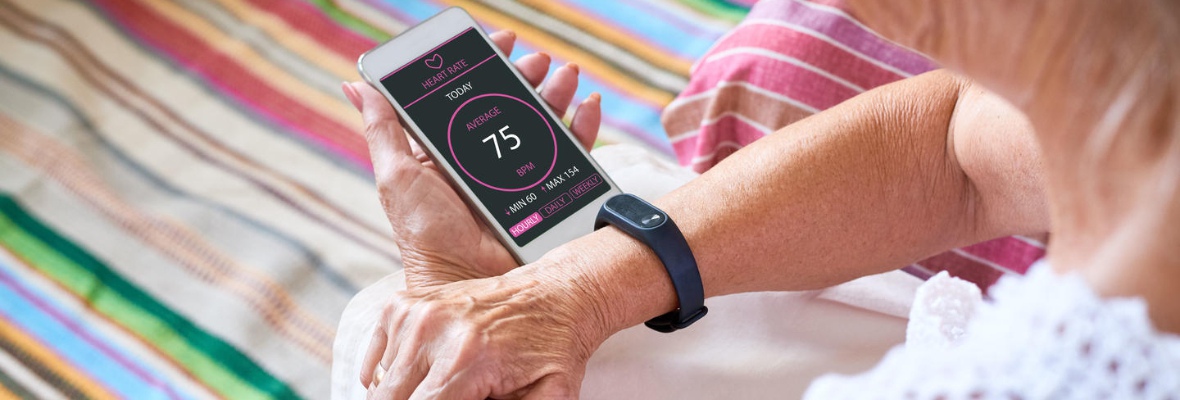
@ShahidNShah


IoT technology has helped meet increased demand from younger generations to receive virtual care through remote patient monitoring via wearables.
According to an Aruba Networks report, 87 percent of healthcare organizations will be using IoT devices this year.
These interconnected tools help hospitals automate time-consuming administrative tasks, track medication inventory, and enhance building security, among other critical functions. Even better, they enhance high-quality care that can help prevent costly readmissions.
This approach not only improves the patient experience by eliminating the need for some office visits but also helps enhance patient care. The Accenture report notes healthcare systems and insurance providers consider wearables a major part of their wellness IoT solutions; both groups cited consumer satisfaction as a top driver.
Continue reading at healthtechmagazine.net
Data analytics gives hospitals and health systems information to support strategic decisions and identify areas in need of improvement. How providers can use data analytics to help manage …
Connecting innovation decision makers to authoritative information, institutions, people and insights.
Medigy accurately delivers healthcare and technology information, news and insight from around the world.
Medigy surfaces the world's best crowdsourced health tech offerings with social interactions and peer reviews.
© 2025 Netspective Foundation, Inc. All Rights Reserved.
Built on Apr 28, 2025 at 12:52pm